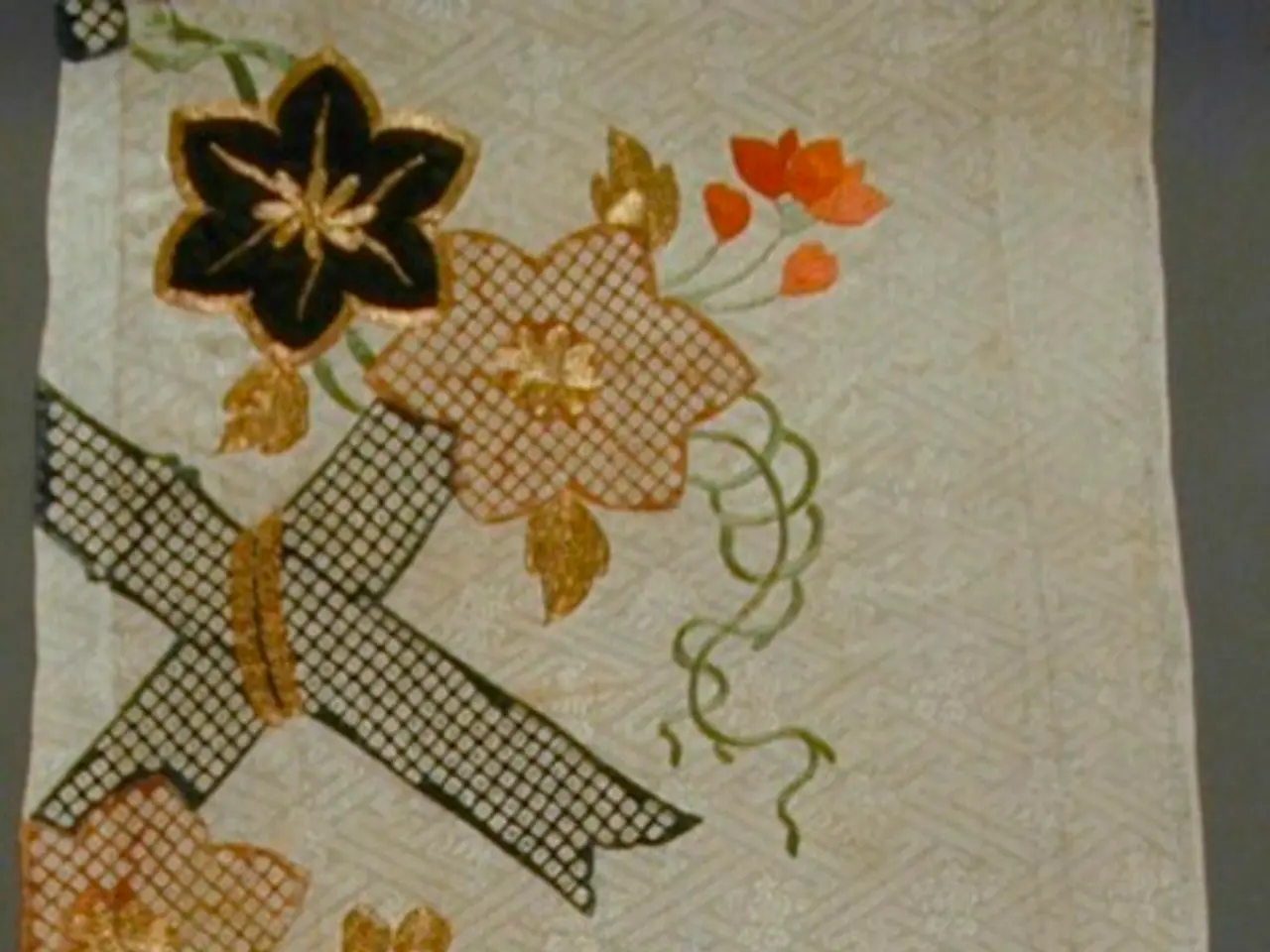Lessons Covered in Fashion Design
In the world of fashion, a career in design requires a unique blend of creativity and technical skills. A fashion designing course equips students with these essential competencies, covering a wide range of subjects that cater to both the artistic and practical aspects of the industry.
The core subjects of a fashion designing course include Fashion Illustration and Drawing, Pattern Making and Garment Construction, Textile Science, Computer-Aided Design (CAD), Fashion Marketing and Merchandising, Fashion History and Culture, Surface Design and Textile Printing, Fashion Forecasting and Styling, and more. These subjects provide a solid foundation for a career in fashion design, encompassing both the creative and technical aspects required to succeed in the industry.
Fashion Illustration and Drawing focus on developing the ability to sketch designs, while Pattern Making and Garment Construction delve into the techniques for creating clothing patterns and sewing garments. Textile Science offers insights into fabrics, fibers, and materials, and Fashion CAD introduces the use of digital tools for designing. Fashion Marketing and Merchandising teach students how to promote and sell fashion products, while Fashion History and Culture delve into the study of fashion trends, historic styles, and cultural influences. Surface Design and Textile Printing cover techniques like fabric dyeing and surface embellishment, and Fashion Forecasting and Styling predict future trends and guide the styling of outfits.
Beyond the core subjects, courses often incorporate additional topics like Fashion Communication, Sustainable Fashion, Fashion Photography, and Portfolio Development. These subjects help build a well-rounded skill set, preparing students for various roles in the fashion industry.
The structure of the curriculum may vary, but it typically covers conceptual, practical, and theoretical fashion knowledge across multiple years or semesters. This comprehensive approach ensures that students are well-prepared for diverse roles in the fashion industry.
Internship and Industry Exposure is another crucial component of a fashion designing course. This involves working with fashion houses, designers, or retail brands, offering hands-on experience and the opportunity to build connections and industry insight.
Optional or Elective Subjects may include Fashion Photography, Sustainable Fashion, Luxury Brand Management, Visual Merchandising, and Entrepreneurship. These subjects allow students to specialise in areas of interest, further enhancing their skill set.
Sketching techniques for garments and accessories are taught in the foundation subject, with a focus on body proportions, garment rendering, and fabric textures. Fashion Styling and Image Design is useful for careers in fashion shoots, media, and celebrity styling, covering makeup, accessories, body shapes, and personal branding.
Surface Ornamentation and Embellishment concentrates on enhancing the aesthetic appeal of garments, covering embroidery, beadwork, sequins, fabric painting, and applique. Portfolio Development helps students compile and present their best design work, an essential skill for internships, jobs, or launching their own label.
In Textile Science, students learn about different types of natural and synthetic fibers, and the properties of fabrics like drape, stretch, durability, and colorfastness. Fashion Marketing and Merchandising covers branding, promotion, and retail management, while Consumer behavior, trend forecasting, and pricing are also taught.
In conclusion, a fashion designing course offers a comprehensive education, developing both artistic vision and practical skills for the fashion industry. Whether it's sketching designs, understanding fabrics, or learning about marketing strategies, students are equipped with the knowledge and skills necessary to succeed in the dynamic world of fashion.
Engaging in a fashion designing course can contribute significantly to one's lifestyle, providing an education that combines fashion-and-beauty with education-and-self-development. The course structure encompasses various subjects, such as Fashion Illustration and Drawing, Pattern Making and Garment Construction, Textile Science, Computer-Aided Design, Fashion Marketing and Merchandising, Fashion History and Culture, Surface Design and Textile Printing, Fashion Forecasting and Styling, and more, all of which prepare students for a wide range of roles in the fashion industry. Furthermore, optional or elective subjects like Fashion Photography, Sustainable Fashion, Luxury Brand Management, Visual Merchandising, and Entrepreneurship offer students the opportunity to specialize and enhance their skill set.




